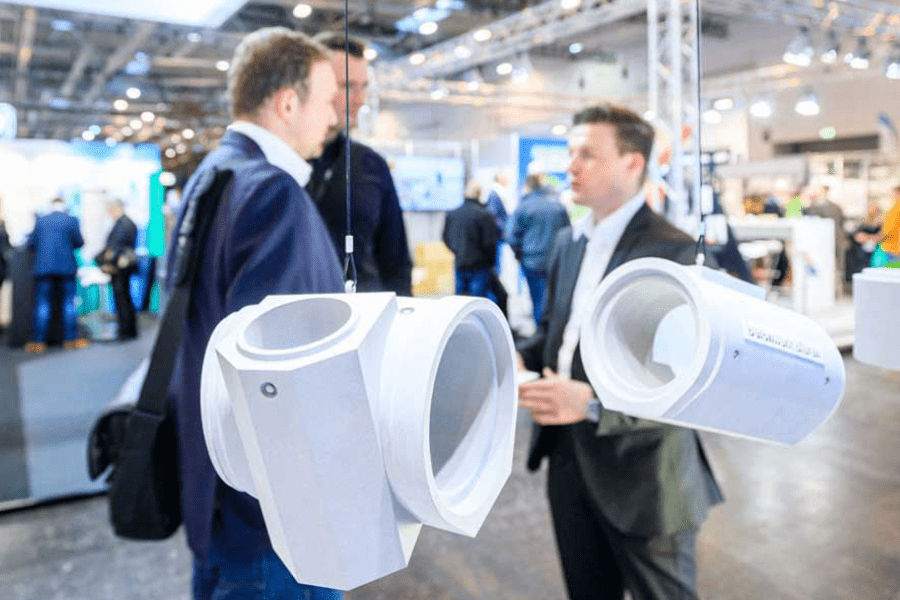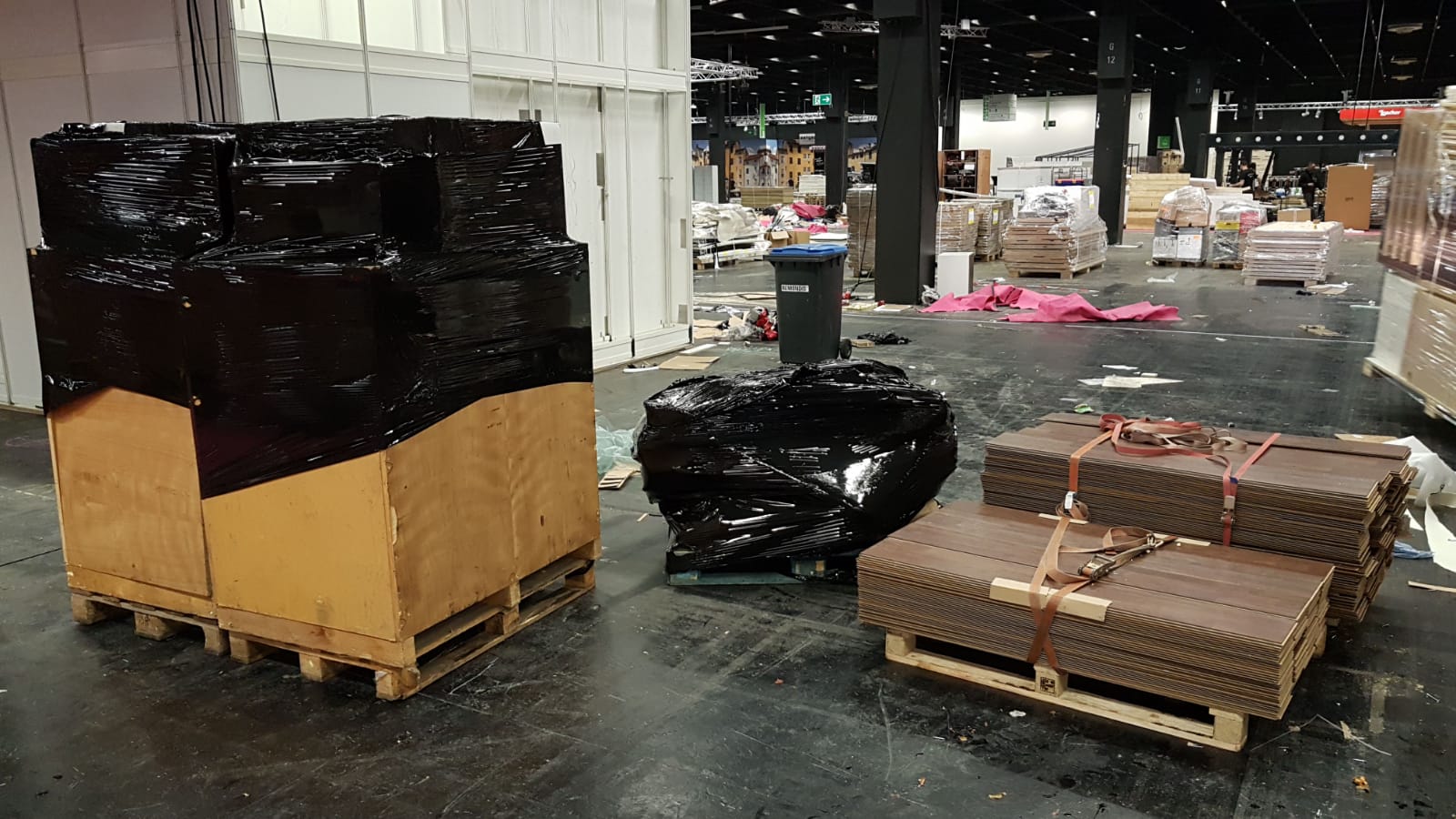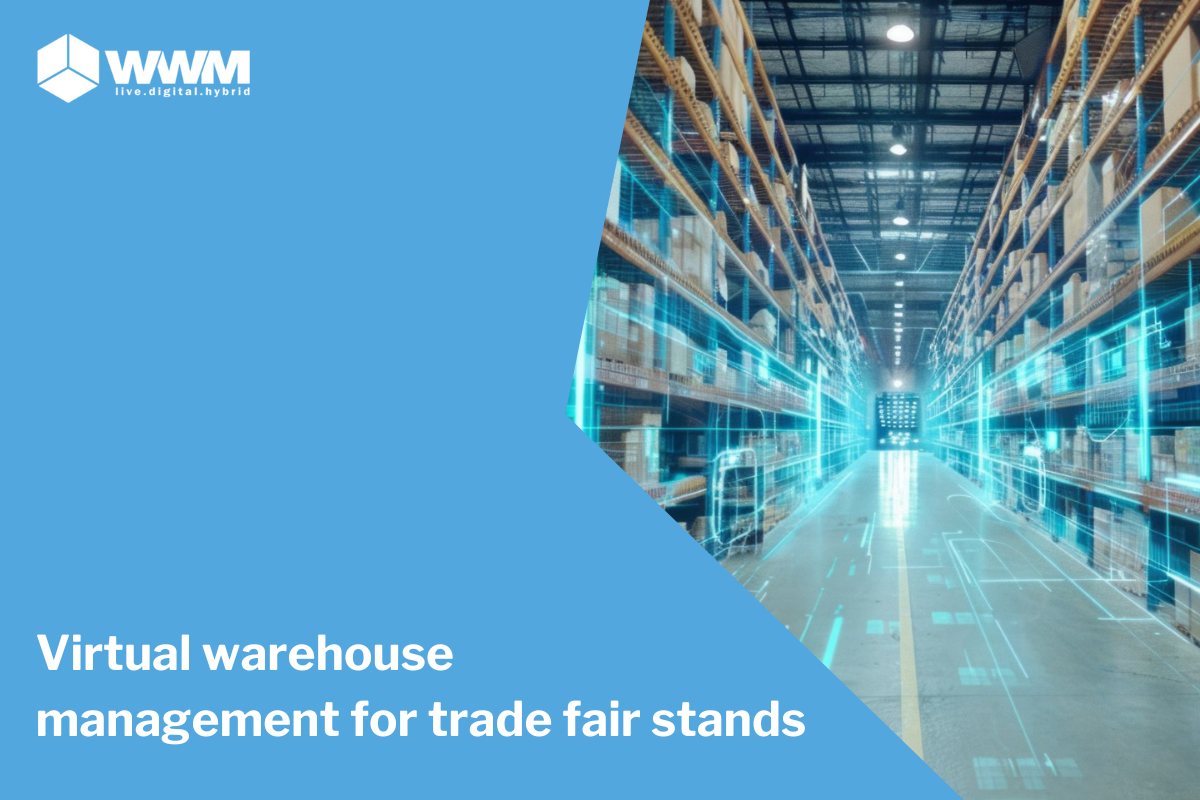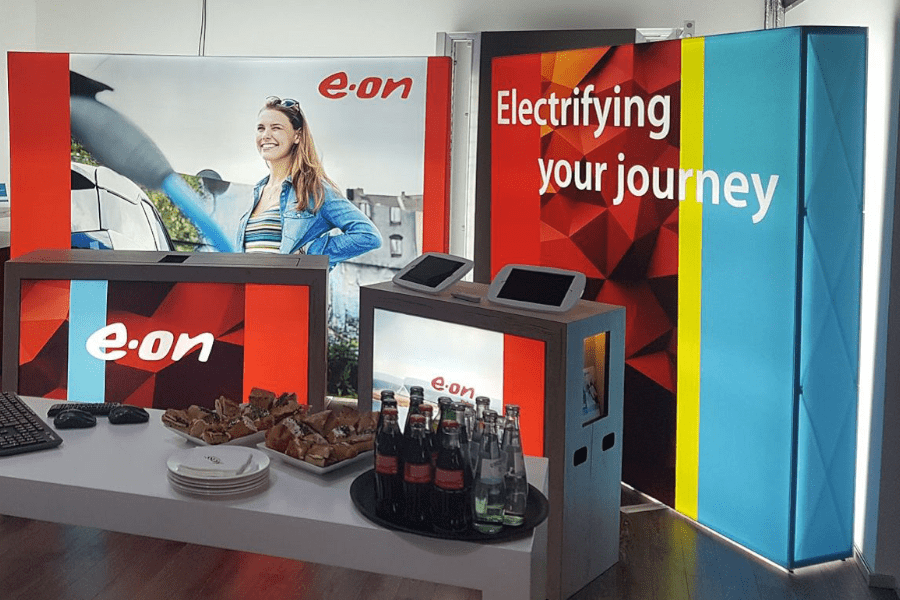Storage at the trade fair vs. interim storage in the truck
After a trade fair, the stand builder's invoice includes the item for the storage of empties and full goods. Depending on the size of the stand, this...
3 min read
Stefan Kunzendorf
:
Tuesday, 18. August 2020

As an event manager or the person responsible for your company's trade fair appearances, you know best about the challenges of event and trade fair planning. Every trade fair brings new and different challenges. Logistical processes in particular present organisational difficulties. In order to arouse the interest of visitors at the respective trade fairs, not only the ideal trade fair stand is required, but also well-chosen exhibits.
On the one hand, the challenge is to find the right selection of exhibits for the individual events and, on the other hand, to store the required exhibits temporarily and to retrieve them without great effort. The following questions need to be answered:
Is it possible to store the exhibits in your own company?
How can the required exhibits be accessed quickly and easily?
What is the best way to organise the logistics of the equipment?
In the following article, you will find a comparison of the options of in-house storage vs. storage at the stand constructor.
In addition to the already time-consuming trade fair planning, the event manager must also take care of finding the desired exhibits in the company. In the worst case, an overview of the exhibits is not even available. Often the demand comes from the sales department. This could be remedied by centralised storage of the exhibits so that the current stock of exhibits can be called up at any time. This is the only way to minimise the effort required on the part of marketing.
By storing the equipment at the stand builder's premises in combination with an ERM system available there, an overview of the stored exhibits can be obtained quickly and easily. Another advantage here is a possible stock turnover rate of the exhibits. This key figure helps the employee to identify the ‘best sellers and bums’. With internal storage, these key figures could be missing. This outsourcing therefore not only includes the storage of the exhibits, but also tracking, which often cannot be guaranteed internally. Ultimately, the employee can focus on the essential tasks of their job and obtain a detailed overview with significantly less effort.
Events are just around the corner and now is the time to start planning the logistics of exhibits. It is important to decide how the individual exhibits are to be transported to the trade fair or event. If the exhibits are stored at several locations, a logistics company must be commissioned to collect the individual exhibits and transport them to the trade fair. The additional costs incurred here should be included in the trade fair budget and should not be disregarded.
Considerable sums are estimated for transport and delivery to the exhibition stand. It is possible to minimise these costs if the desired exhibits are stored with the respective stand builder. They can load the exhibits onto the lorry already provided and take them to the trade fair. Of course, you should bear in mind that additional material also requires additional space. However, the costs incurred for the additional space are not in proportion to the logistics service providers who are only responsible for transporting the exhibits. Furthermore, not only the economic aspect should play a role. Additional transport also leads to additional environmental pollution.

As soon as the number of exhibits increases, the storage space required naturally also increases. If the company's own warehouse is no longer sufficient for storing the exhibits, a remedy must be found. It is also often the case that the company's own warehouse is not intended for the exhibits and an external partner is also required here.
Exhibits that are only intended for trade fairs can be stored in a distribution centre or at a stand builder with the appropriate storage capacity. If storage in a distribution centre is cheaper, attention should also be paid here to the general ancillary costs and the logistics costs. On the other hand, a stand builder will transport your stand to the desired event anyway and can deliver additional exhibits without any major additional expense. In addition to the exhibits, the actual exhibition stand can of course also be stored with the stand builder. You can find out the 6 success factors for storing exhibition stands and exhibition equipment in our last blog article.
As outlined in the individual points, centralised storage at the stand builder can have positive effects. There is no need to take care of all the individual points in-house and you can concentrate on the essentials.
There can be a disadvantage in terms of flexibility: The exhibits are not immediately ready to hand in the internal warehouse and therefore have to be delivered accordingly at short notice events via express service with a courier service.
From my point of view, however, centralised storage at a stand constructor offers many advantages (planning security, various reporting options, etc.). The exhibits are stored together with the other exhibition material and this can result in significant cost savings in the area of transport logistics.
In conclusion, however, it is up to you to decide whether you want to have everything handled by a single source or whether you would prefer to have control of the exhibits yourself.
Now the only question that remains is: Which do you choose? Feel free to let us know in the comments. We look forward to exchanging ideas with you!

After a trade fair, the stand builder's invoice includes the item for the storage of empties and full goods. Depending on the size of the stand, this...

Efficient inventory management with digital tools Managing a warehouse is a complex task, especially with the large number of interlinked workflows....

Many companies ask themselves whether they can participate in trade fairs or events from a financial perspective. Small companies in particular are...